Tuesday June 1, 2021 – Limitless Methods: The How
Reviewing Jim Kwik’s “Limitless” book in Four Parts Using Unofficial Workbook
Welcome to my Reading Tuesday’s B.R.E.A.T.H.S. blog. The last few weeks I reviewed part one, part two, and part three of Jim Kwik’s “Limitless” book using an unofficial workbook. The workbook is written in four parts, so I have covered one part each week the last four weeks giving my personal insights on becoming limitless by reflecting, setting goals, and taking action. Jim’s #1 message that came through to me while I first listened to his book was to teach what I learn and that is what I am here to do with this blog. Check out my final review as I continue to dive deep into how to upgrade my brain, read faster, comprehend more, and improve my memory recall.
The workbook takes the 15 chapters of the “Limitless” book and breaks it down into four parts:
PART 1 – Free Your Mind (Chapters 1 – 4)
PART 2 – Limitless Mindset: The What (Chapters 5 & 6)
PART 3 – Limitless Motivation: The Why (Chapters 7 – 10)
PART 4 – Limitless Methods: The How (Chapters 11 – 15)
Each of the four parts breaks down the chapters for the reader by including:
- Summary of the chapter
- The author’s takeaway
- Points for reflection
- Goals
- Action steps
Today, I will be discussing my findings from Part 4 – Limitless Methods: The How, that integrates chapters eleven through fifteen covering my personal thoughts on: points for reflection, goals, and action steps.
Chapter 11: Focus
*CHAPTER 11 – POINTS FOR REFLECTION:
- What keeps you distracted?
- As I have mentioned previously, my biggest distraction is my cell phone. I have found a productivity app called Forest, where I set a timer on my phone to leave it alone and trees will grow. When I grow an entire forest, I can actually plant a real tree as a reward. That is a win/win for me and nature.
- Have you tried doing one task at a time? How about multitasking? Which one makes you more productive?
- I have done research on this topic and Jim also discusses it in “Limitless,” and know that multitasking does not work. I have been using the Pomodoro Technique since 2015 using glass timers to help me focus on one task at a time for 25 minutes and then take a five-minute break. I just need to get into a better habit of using those productivity tools.
*CHAPTER 11 – GOALS:
- Considering the insights that Jim presented in this chapter, how do you think these will benefit your daily activities?
- I learned that I will accomplish more with small simple steps (SSS). I can benefit by focusing on one thing at a time to slowly build upon success.
- How would you apply those techniques you have learned?
- I have created a monthly chart where I put in my SSS and keep track of my daily progress to build better habits. I found a great example of a SSS template for June 2021 on Limitless Community on Facebook. (See action step pic below)
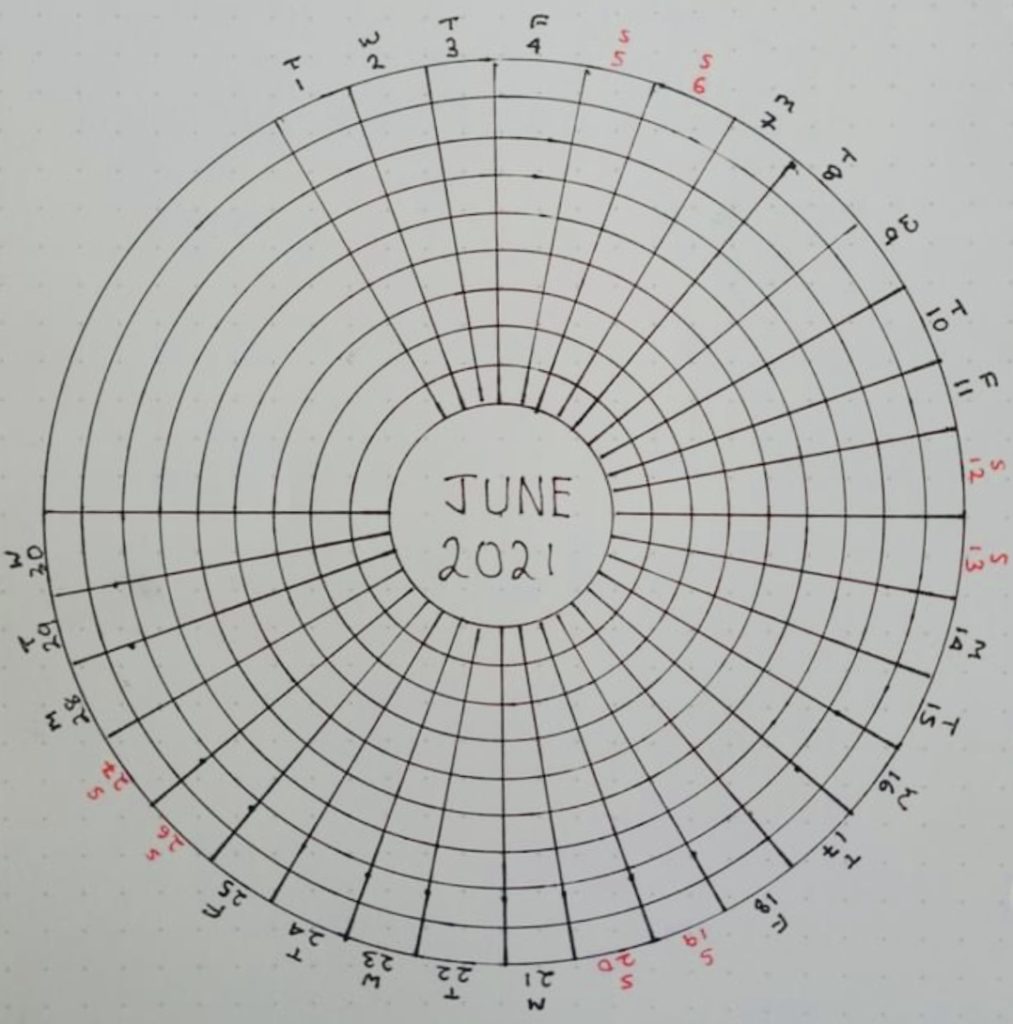
*CHAPTER 11 – ACTION STEPS:
Plan the things you need to finish and focus on one single task at a time (do not exercise multitasking)
Chapter 12: Study
*CHAPTER 12 – POINTS FOR REFLECTION:
- What are you ways of learning?
- I learn many different ways with reading, listening, taking notes, recording important points, drawing, taking pictures of important figures, asking others, looking online, trying something new, creating new things, and making mistakes.
- Among the habits Jim presented, which one has already been part of your system?
Seven Habits of Lifelong Learning
1. Employ Active Recall
2. Employ Spaced Repetition
3. Manage The State You Are In
4. Use Your Sense of Smell
5. Music For The Mind
6. Listen With Your Whole Brain
7. Take Notes of Taking Notes
- I have been using a few of the seven habits of lifelong learning such as managing the state I am in (learned just last year), using sense of smell (as a teacher, I used essential oil diffusers in the classroom to help with memory), and music for the mind (while I am reading I listen to classical music so I don’t hear myself read and to help with memory and focus). The habit I used the most is music as it really helped me write my doctoral dissertation.
*CHAPTER 12 – GOALS:
- What habit would you most likely apply in your lifelong learning? Why?
- I would eventually want to apply all of them, but I am starting with taking notes. I realized what this habit meant when I joined Jim’s 5-Day reading challenge. I had read the book, completed half this workbook, and followed the Facebook group to see examples of the notes people were taking. I made a form of my own notes based on the hour-long conversations Jim was having each day. (see pics in action steps below)
- If you apply any of the habits that Jim presented, how will it impact your learning process?
- I believe picking up on the seven habits Jim presented will improve my learning, increase my memory, help me to focus, and become a better lifelong learner.
*CHAPTER 12 – ACTION STEPS:
- Get into the habit of note-taking. Write only the important things. (see pic below)
- Apply the Pomodoro Technique when learning a new skill. (see pic below)
Chapter 13: Memory
*CHAPTER 13 – POINTS FOR REFLECTION:
- What are the things that you need to unlearn when it comes to improving your memory?
- I need to unlearn the bad habits and false beliefs about learning and memory.
- Do you always use Google when you want to learn something? Were you able to retain what you have learned from Google?
- Fortunately, I was finished with most of my K-12 schooling when the internet came out, so I have library and research skills I use all the time over using Google. When I am researching, I use university libraries to find peer reviewed journals and textbooks about the subjects I am working on. I will sometimes use Google Scholar to look up some journal articles, but not very often. I basically use Google to look up maps or to check a definition I am uncertain about. Sometimes I will Google myself to see what is on the internet about me so that I can regulate as much as I can about my personal data out in the digital universe.
*CHAPTER 13 – GOALS:
- How do you recall a great deal of information?
- To recall a large amount of information I will take notes on my Google Docs. This way I have access to them on any mobile device and can easily look up all my notes I have created over the last decade.
- I also use my digital recorder on my phone to record special information that I want to hear again.
- Reading several of the same books on one topic is a way of repeating the information but I also hear it from different author’s perspectives, and one may help me more than others, but all will give me more clarity on a given subject.
- How can you integrate Jim’s methods to improve your memory?
- I can take notes and only take notes of the important stuff. I can also incorporate one or more of the seven habits listed above to boost my memory.
*CHAPTER 13 – ACTION STEPS:
Rely on M.O.M.: a mnemonic device that Jim created to recall memories instantly.
M-for motivation, O-for observation, and M-for methods
Chapter 14: Speed Reading
*CHAPTER 14 – POINTS FOR REFLECTION:
- Why is reading important in accelerating brainpower?
- Reading improves brain power by increasing vocabulary, focus, memory, imagination, and comprehension.
- What is subvocalization, and why was it identified as an obstacle in speed reading?
o Subvocalization is when you hear the voice in your head reading along with reading the words. This was identified as an obstacle for speed reading because we can read faster than we talk when we can skip the filler words.
*CHAPTER 14 – GOALS:
- What are the tools you need to use to improve your reading speed?
- Use the Pomodoro Technique
- Read in a comfortable environment
- Use your finger as a visual pacer
- Integrate methods for enhancing memory: visualization, association, emotion, and location.
- Take notes of taking notes
- Practice makes progress
- Why is practice important in almost anything?
- Small simple steps make progress, so that is how to practice anything.
- What have you learned in this chapter that you could apply in your daily activities?
- I can practice speed reading to get better at it, also incorporate the productivity tools and seven lifelong learning habits.
*CHAPTER 14 – ACTION STEPS:
If you want to learn something fast and really improve, always take time to practice. Allot a time every day to improve a certain skill.
Chapter 15: Thinking
*CHAPTER 15 – POINTS FOR REFLECTION:
- Among the eight types of intelligence that Jim presented, which do you feel you could relate to?
8 Types of Intelligence
1. Spatial
2. Bodily-Kinesthetic
3. Musical
4. Linguistic
5. Logical-Mathematical
6. Interpersonal
7. Intrapersonal
8. Naturalistic
o I believe I have more linguistic skills than any other because of my love for writing. The next would be logical-mathematical as I love to plan and organize.
*CHAPTER 15 – GOALS:
- How do you feel about the tools you have used?
- I feel like I have a large learning curve but it should diminish when I practice the small simple steps.
- When applying the De Bono Approach, what have you observed about your own problem-solving skills.
De Bono’s Six Thinking Hats
1. White Hat – information gathering
2. Yellow Hat – optimize thinking
3. Black Hat – pivot from good side of a challenge to the more difficult pitfalls
4. Red Hat – invite emotions
5. Green Hat – tune into creativity
6. Blue Hat – management mode
o I have not tried the De Bono approach yet because I just learned about it, but I usually have a green hat on for creativity. Now that I understand there are different types of thinking, I know I can use the De Bono approach to improve my problem-solving skills.
- What have you learned in this chapter that you could apply to your daily activities?
o I can tap into multiple intelligences and also use the De Bono approach while I complete different tasks.
*CHAPTER 15 – ACTION STEPS:
Apply the Six Thinking Hat Approach when trying to solve and evaluate how it has contributed to your problem-solving. Write down its impact.
Conclusion
After listening to “Limitless,” reading the ebook, and following along with the unofficial workbook, I have gathered loads of important information that I can immediately use to improve my reading, comprehension, and memory. There are several strategies in this book to become limitless. This book has by far been the most engaging book I have read in several years. There are many strategies I can continue to build upon and I am excited to try Jim Kwik’s other Limitless Programs such as his 21-day speed reading course. I have signed up for the Kwik Reading Program and will be reviewing my progress here to continue with my Limitless journey.
Special Surprise
I am so excited to announce I won a special contest by Jim Kwik for his 5-Day Limitless Challenge. Each day, Jim covered points in his book for one hour and I took Limitless Notes four out of the five days and posted them to social media as he instructed to do so if you were interested in winning a Kwik Brain Box. Heck yeah, I wanted to win that Brain Box, so made an effort to post to all the platforms he mentioned including Facebook, Instagram, Twitter, and his Kwik Brain app. On the fifth and final day of the challenge, the Limitless Team contacted me through the app and told me I was one of the winners of the Kwik Brain Box, I exploded with joy! Below, I have four pictures of my Limitless Notes that helped me win along with a video I created showing the process of winning, receiving, and revealing the Kwik Brain Box Prize! See as my Limitless Notes mature each day (Day 2 is missing because I was listening while driving and not taking notes).
Thank you for following along on my limitless journey,
Dr. Jaime Brainerd, Ed.D.


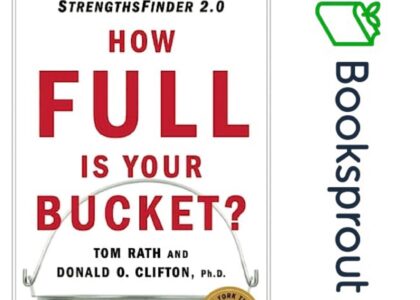
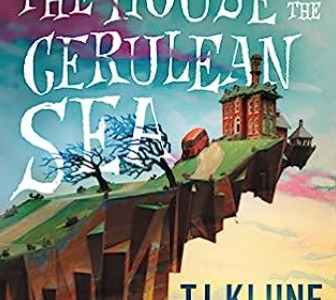
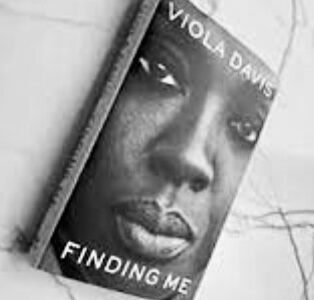
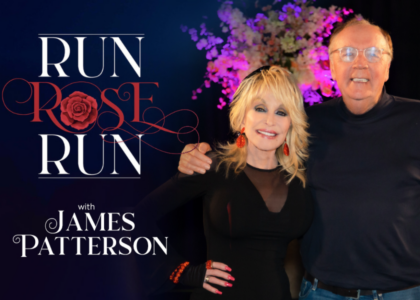
OMG I’m so excited for your win and loved how excited you sounded! CONGRATULATIONS!! I like how you break down each chapter with reflections, goals and action steps!
Wow! You really put in the work! This book has obviously helped you and I will check it out. I do appreciate that he said multitasking doesn’t work – I do much better when I can sit down and complete one thing, and without interruption!!
Sounds like a very interesting and helpful book.